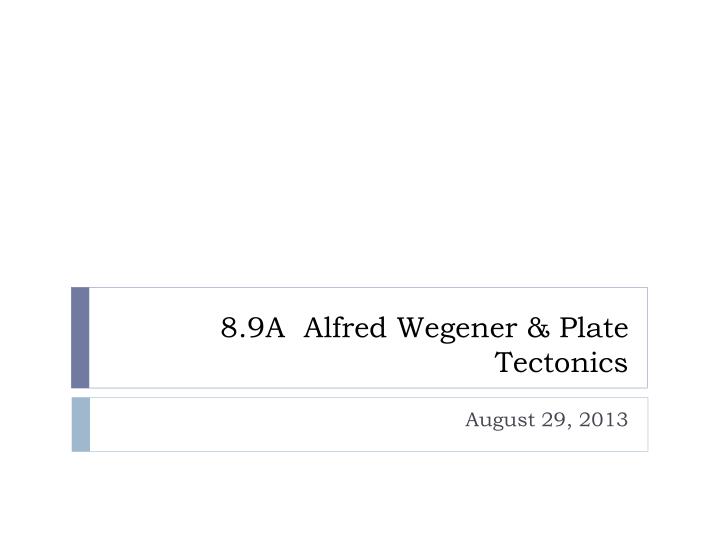
A map showing some of the major and minor tectonic plates of our planet. These include Major plates, Minor Plates, and Microplates. Geologists believe that, at present, three categories of tectonic plates are found on the Earth's surface. Some of the best examples of Transform Boundaries include the San Andreas Fault and the North Anatolian Fault. The transform faults are mostly found in the oceanic crust, although a few such faults can also be found on land. As these faults involve neither any addition nor loss of lithosphere at the Earth's surface, they are also referred to as conservative plate boundaries. Transform boundaries are formed when two tectonic plates slide past each other. Some of the well-known examples of such rifts include the Mid-Atlantic Ridge, East African Rift, etc.

The divergent boundaries within the continents produce rifts, eventually giving rise to rift valleys. Most active divergent boundaries are found between oceanic plates, where they exist as mid-oceanic ridges. Divergent BoundaryĪlso referred to as a constructive boundary, a divergent boundary indicates places where two tectonic plates move away from each other. Earthquakes, volcanic eruptions, and mountain-building activities are common along convergent boundaries. In this area, one of the plates slides beneath the other plate in a process known as subduction. Convergent BoundaryĪlso referred to as a 'destructive boundary,' a convergent boundary is an area where two plates move towards one another. A diagrammatic representation of the three types of tectonic plate boundaries. The three types of plate boundaries include convergent, divergent, and transform boundaries. Mountain-building activity, volcanic eruptions, earthquakes, and ocean trenches formation occur along the tectonic plate boundaries. The relative motion of the tectonic plates, which usually ranges from 2 to 10 cm yearly, determines the different types of plate boundaries at places where these plates meet. Formed at sea-floor spreading centers, the oceanic crust of mafic basaltic rocks is comparatively denser than the continental crust of low-density felsic granitic rocks. The Tectonic Lithosphere comprises the lithospheric mantle that is, in turn, overlain by one or two types of crustal material, namely, the oceanic crust and continental crust. Moreover, the fluid-like asthenosphere lubricates the bottom of the tectonic plates, helping these plates to move around.

The theory further states that this movement of the tectonic plates is in response to 'convection' in the upper mantle.
Alfred wegener theory of plate tectonics series#
Plate Tectonics is a widely accepted theory of global dynamics that considers the lithosphere to be made up of a series of large tectonic plates which move or slide over each other. A diagrammatic representation of the Continental Drift that led to the formation of the continents we see today.

The modern Plate Tectonics Theory, which developed during the initial half of the 20th century, is based on this 'continental drift' concept. This concept of 'continental drift' was further developed independently by German geologist Alfred Wegener in 1912. In 1596, the Brabantian cartographer Abraham Ortelius put forth a 'speculation' which first mentioned the moving of the Earth's continents in respect to each other over geologic time. Development Of The Plate Tectonics Theory This, in due course, gave rise to the universally accepted scientific theory of plate tectonics. Researchers have struggled over the years to understand how these tectonic plates move. This lithosphere comprises many slow-moving tectonic plates that interact with each other to create new geological features and cause earthquakes and volcanic eruptions. Lithosphere, the Earth's outermost rocky shell, is made up of the crust and the upper portion of the mantle.

Our planet, the Earth, has four major layers: Crust, Mantle, Outer Core, and Inner Core.


 0 kommentar(er)
0 kommentar(er)
